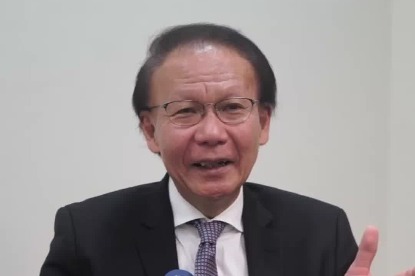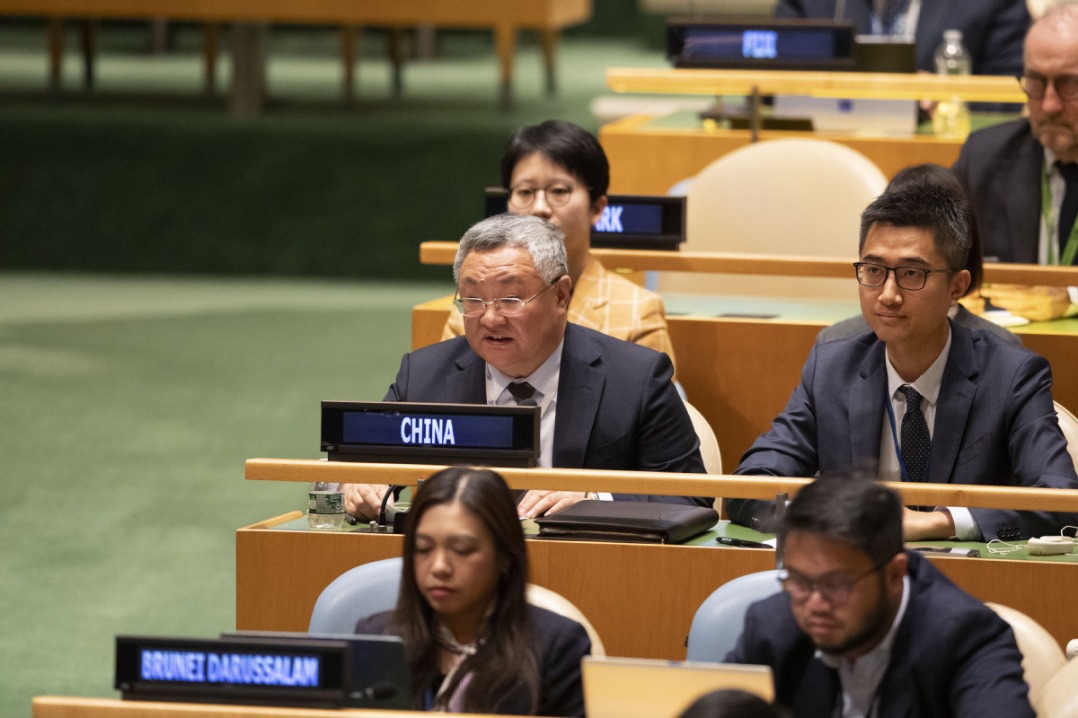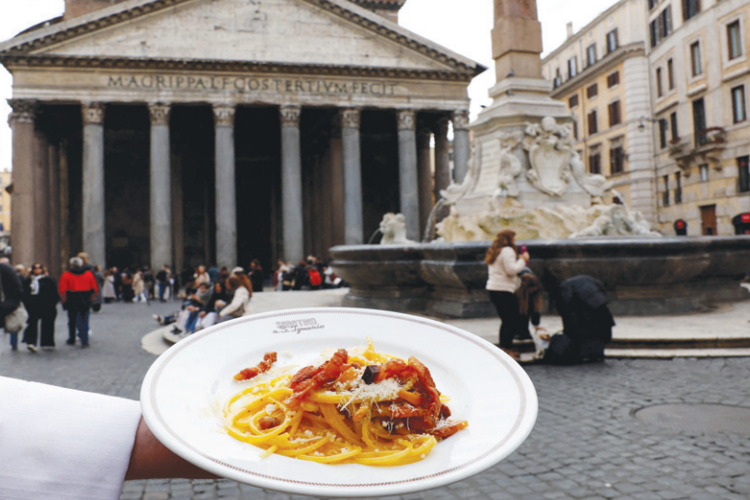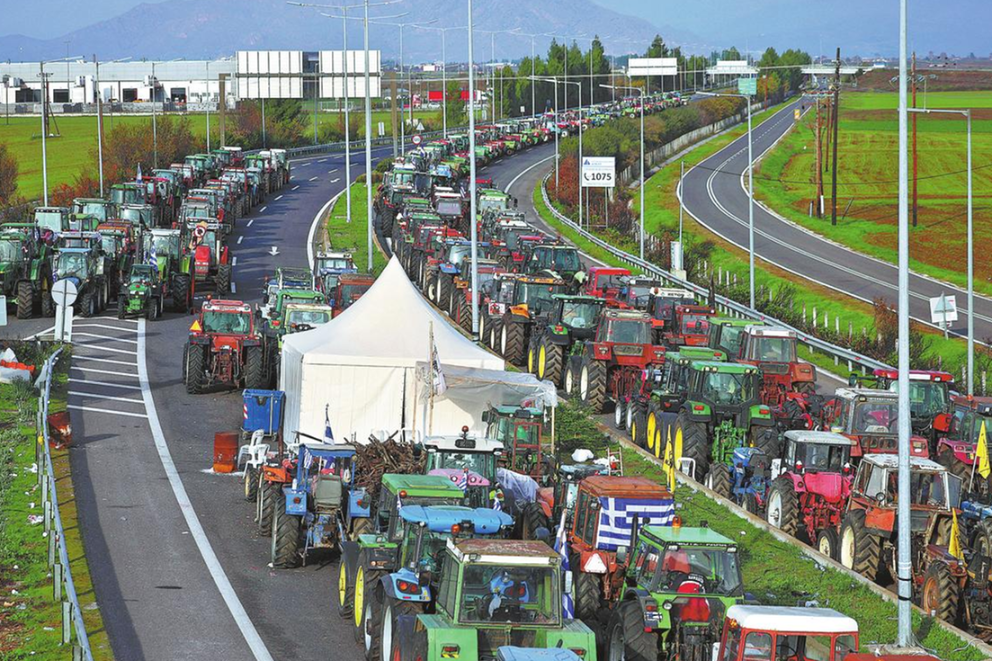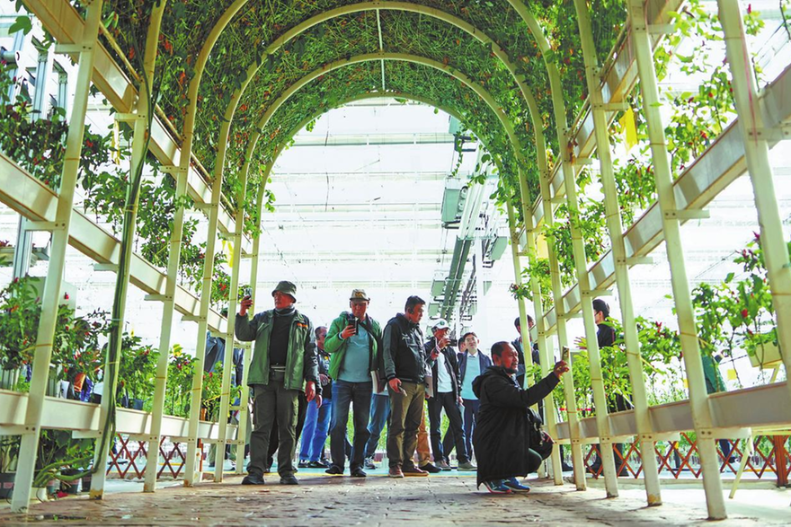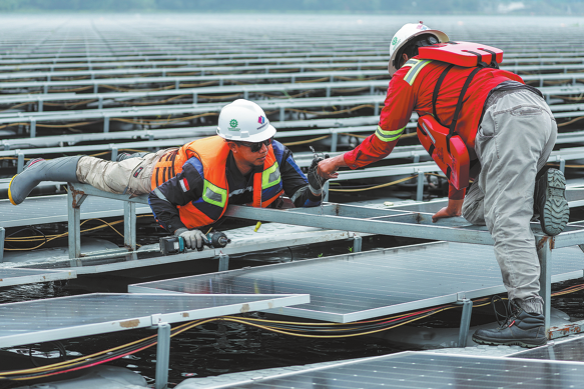US protests raise fears of wider COVID-19 spread

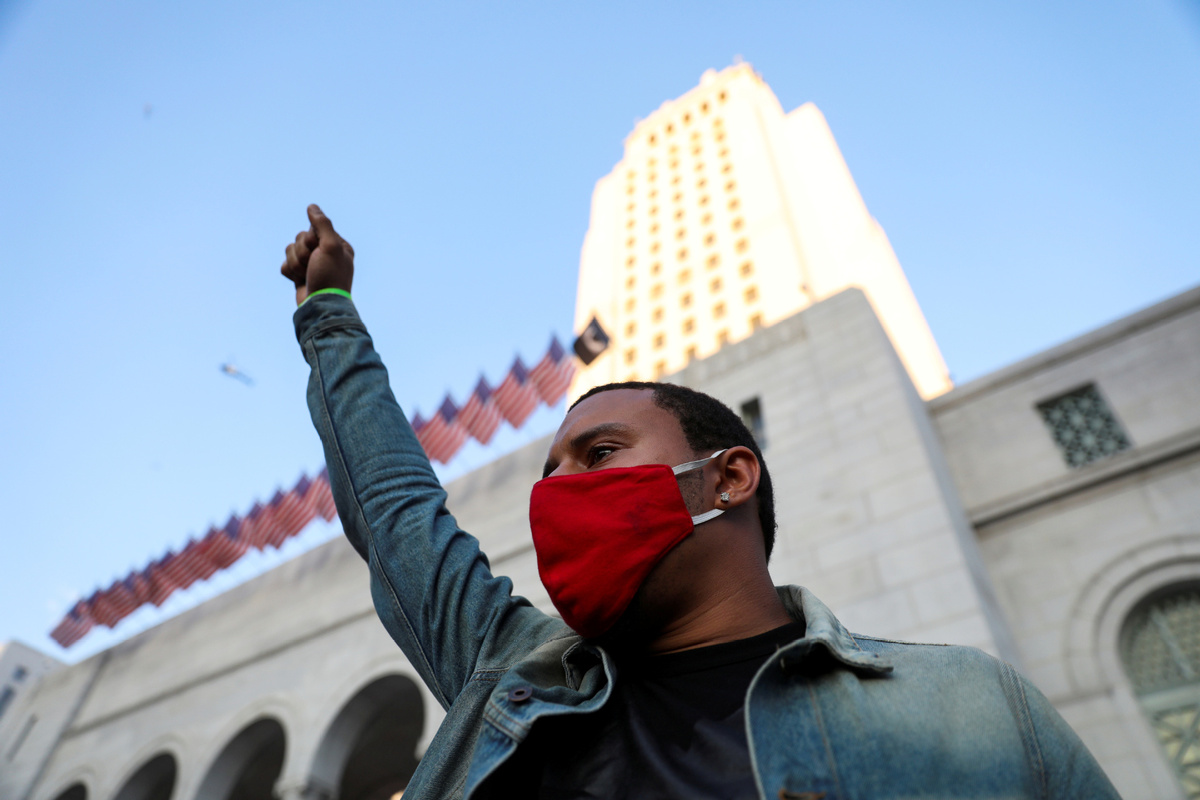
The numerous large street protests across the US sparked by the death of George Floyd last week could worsen the spread of the novel coronavirus, experts have warned.
The coronavirus spreads mainly through close contact between people — droplets from sneezes, coughs and speaking, as well as shouting — which is why health authorities have called for social distancing and the use of facial masks, as well as frequent hand-washing.
But many protesters seen on the streets of America did not practice social distancing or use facial masks, according to news footage.
The Associated Press reported that demonstrations have taken place in every one of the 25 US metropolitan areas with the highest concentrations of new coronavirus cases, including the Twin Cities in Minnesota, Chicago, Los Angeles and Washington.
"If you were out protesting last night, you probably need to go get a COVID test this week," said Atlanta, Georgia, Mayor Keisha Lance Bottoms at a news briefing Sunday, "because there's still a pandemic in America that's killing black and brown people at higher numbers."
Indeed, the US Centers for Disease Control and Prevention (CDC) has noted that African Americans are disproportionately vulnerable to contracting COVID-19. The coronavirus has so far infected more than 1.8 million Americans and killed over 106,000, according to data from Johns Hopkins University.
The US has seen a week of protests over the May 25 killing of Floyd, a black man who died after a white police officer in Minneapolis, Minnesota, pressed a knee into his neck.
"I will continue to stress, because it seems like a lifetime ago: We are still in the middle of a pandemic and passed 1,000 deaths yesterday," Minnesota Governor Tim Walz said Saturday. "We still have hospitals on the verge of being overrun with COVID-19."
"We have two crises that are sandwiched on top of one other," Minneapolis Mayor Jacob Frey said.
Some health officials offered advice to protesters: "Show respect for each other by putting on that face covering so that your respiratory droplets aren't unintentionally getting into somebody else's mouth, nose or eyes," said Los Angeles County Public Health Director Barbara Ferrer on Friday.
New York Governor Andrew Cuomo on Wednesday urged protesters to "demonstrate with a mask on".
The New York City Health Department offered its own list of protest tips via Twitter: "Wear a face covering; Wear eye protection to prevent injury; Stay hydrated; Use hand sanitizer; Don't yell; use signs & noise makers instead; Stick to a small group; Keep 6 feet from other groups."
Three Oklahoma State University football players have tested positive for the coronavirus since returning to campus for voluntary workouts, the AP reported. Linebacker Amen Ogbongbemiga announced Tuesday that he tested positive after attending a protest in Tulsa, Oklahoma. The other two players were not identified.
A detained protester in Tampa, Florida,is also known to have COVID-19. The city's police chief noted in a tweet Monday that five of his officers were exposed to the detainee, who was not identified.
Some put the onus on law enforcement, pointing out that arrests of protesters force them into close contact with others, sometimes in unsanitary conditions, and that the use of tear gas and pepper spray causes coughing, which can also spread infections, and damage people's lungs, making them more susceptible to other respiratory ailments.
The most common symptoms of exposure to tear gas, according to a CDC web page, include "excessive tearing, burning, blurred vision, redness" of the eyes, skin burns, a runny nose, "burning, irritation, difficulty swallowing" in the mouth, and "chest tightness, coughing, choking sensation, noisy breathing … (and) shortness of breath" in the lungs.
Tear gas has reportedly been fired at crowds in California, Illinois, Minnesota, Massachusetts, Indiana and most notably, Lafayette Square near the White House on Monday.
White House press secretary Kayleigh McEnany said Wednesday that tear gas was not used.
The Park Police, however, acknowledged firing "pepper balls," which sends an irritant powder into the air, and "smoke canisters" to scatter the crowd, according to The Washington Post.
Critics note that tear gas was banned from use in warfare internationally by the 1993 Chemical Weapons Convention, but that ban does not extend to domestic law enforcement.
An Indiana man lost his right eye Sunday after being hit by a tear gas canister in downtown Fort Wayne.
Historians of the 1918 Spanish flu pandemic often cite a September bond-drive parade that crowded some 200,000 people into the streets of Philadelphia, Pennsylvania, that helped spark a deadly second wave of infections.
"Obviously, that was the exact wrong time to have a parade in hindsight," said J. Alexander Navarro, assistant director of the University of Michigan's Center for the History of Medicine, to USA Today, adding that in the case of a second wave, the US will face the same problem as in 1918: a lack of public support to shut down businesses a second time, leading to more deaths.
















